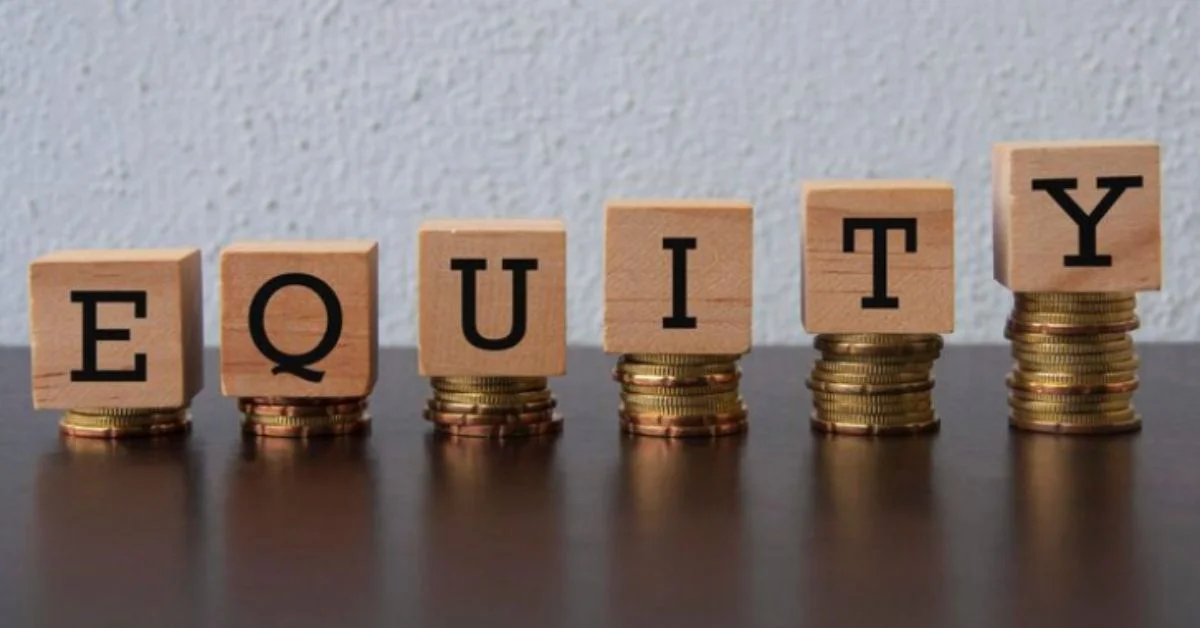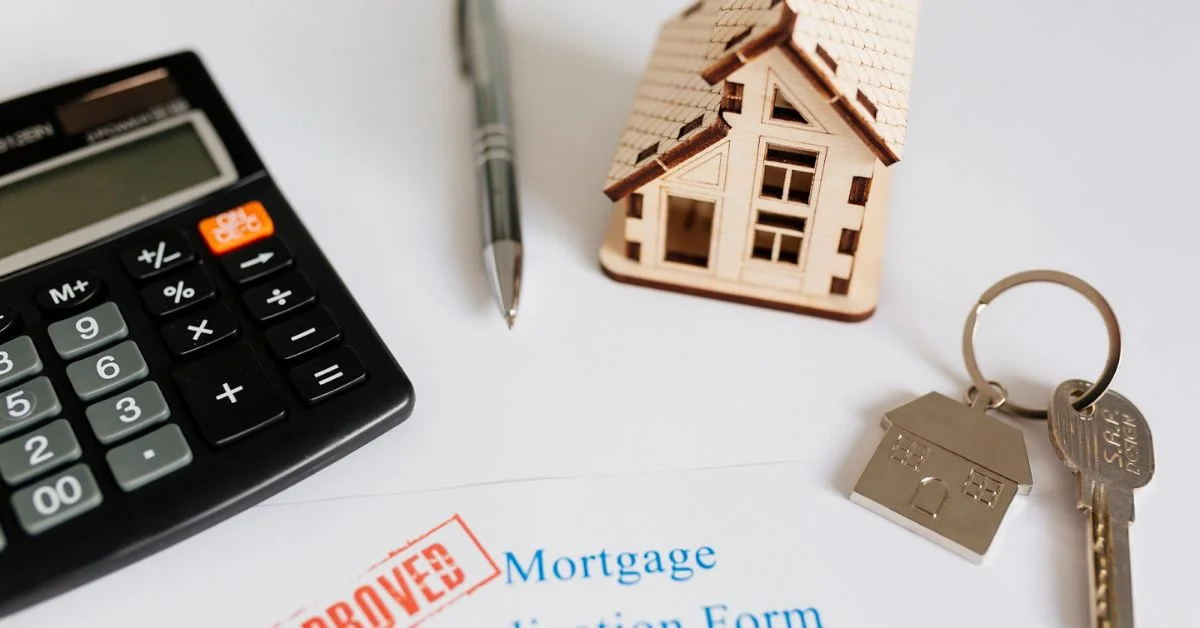Negative equity can be a complex concept for homeowners with a mortgage, car buyers, and business owners. Essentially, it occurs when the value of an asset drops below the outstanding balance of the loan secured against it. This situation is often referred to as being “underwater” or “upside down” on a loan.
In this guide, we will cover:
- An introduction to negative equity
- How negative equity works
- Key terms to know
- Common causes of negative equity
- Negative equity in real estate
- Negative equity in car loans
- Negative equity in business (balance sheets)
- Special considerations & risks
- Strategies to manage or avoid negative equity
- Real-life examples and case studies
- Disclaimers and limitations
- FAQs
Introduction to Negative Equity

Negative equity occurs when the amount you owe on a loan is higher than the current market value of the asset.
This situation is most commonly seen in mortgages, but it can also appear with car loans or business investments.
Key Points to Understand:
- Negative equity mortgage: A mortgage where the outstanding balance exceeds the property’s current market value.
- Negative equity definition: A situation where liabilities surpass the asset value, leaving the owner with a shortfall.
- Negative equity meaning / what does negative equity mean: Essentially, you owe more than the asset is worth.
How Negative Equity Works
Negative equity arises when an asset depreciates or market conditions change after purchase.
When you buy a house, car, or other asset using a loan, you expect its value to remain stable or grow. If the asset’s value falls below the loan balance, negative equity occurs.
Calculating Negative Equity:
- Determine the current market value of your asset.
- Subtract your outstanding loan balance from the market value.
- A negative result indicates negative equity.
Example:
- Loan balance: AED 300,000
- Property value: AED 270,000
- Negative equity: AED 270,000 – AED 300,000 = – AED 30,000
Negative equity most commonly occurs in:
- Residential properties (mortgages)
- Cars (auto loans)
- Business assets (balance sheets)
Key Terms to Know
Before exploring further, it is helpful to understand some terminology related to negative equity:
- Underwater / Upside-down loan: Synonyms for negative equity situations.
- Home equity: The difference between the property’s market value and the mortgage balance.
- Loan-to-value ratio (LTV): The ratio of your loan to the property’s value; a high LTV increases the risk of negative equity.
- Negative amortisation: Occurs when your loan payments are insufficient, causing the balance to grow rather than shrink.
Common Causes of Negative Equity

Negative equity does not happen randomly. Some of the most common causes include:
- Declining market value: Falling house prices or rapid vehicle depreciation can create negative equity.
- High loan-to-value ratio at purchase: Small or no down payments increase vulnerability.
- Slow loan repayment: Early loan payments often cover mainly interest, reducing principal slowly.
- Negative amortisation loans: Loans where balances increase if payments are too low.
Understanding these causes can help you avoid or manage negative equity effectively.
Negative Equity in Real Estate

Negative equity in property arises if home values fall after purchase. This scenario became widely reported during housing downturns, such as the UK recession of the early 1990s or the 2008 US housing crisis.
Implications
Being in negative equity makes it more difficult to:
- Refinance your mortgage
- Sell the property without covering the shortfall with additional funds
Example Calculation
- Outstanding mortgage: AED 800.000
- Current property value: AED 700,000
- Negative equity: AED 700,000 – 8000,000 = AED -100,000
Owners in negative equity may need to pay extra cash to sell, or wait until property values recover.
Negative Equity in Car Loans

Cars depreciate quickly, often leading to negative equity early in the loan term.
Rolling over negative equity: Some dealers add any negative equity from your old car to your new car loan, increasing your debt.
Implications
- Larger, more expensive loans after trade-ins
- You may owe more than the vehicle’s resale value
- Insurance claims may not fully cover the outstanding loan
Negative Equity in Business (Balance Sheets)
Negative equity can also appear in corporate finances if liabilities exceed assets, resulting in negative shareholder equity.
Causes in business include:
- Financial distress or operational losses
- Accounting methods that reduce equity
- Large dividend payments exceeding profits
While often a warning sign, negative equity is sometimes temporary and may be reversed as conditions improve.
Special Considerations & Risks

Negative equity reduces financial flexibility and can create stress. Key risks include:
- Difficulty refinancing or trading assets
- Responsibility for outstanding loans, even if the asset is repossessed or sold at a loss
- Increased financial strain for large negative equity balances
Strategies to Manage or Avoid Negative Equity
There are practical steps you can take to reduce the risk of negative equity:
- Make a larger down payment at the time of purchase
- Choose shorter loan terms to reduce interest accumulation
- Pay extra towards the principal when possible
- Wait for favourable market conditions before selling
- Maintain or upgrade assets to preserve value
These strategies are particularly effective for homeowners with a negative equity mortgage.
Real-Life Examples and Case Studies
- Property owners during a housing crash are unable to sell without a loss
For example, if a homeowner owes 220,000 AED on their mortgage but the property’s market value falls to 200,000 AED, they have 20,000 AED in negative equity. In this situation, selling the home would not fully cover the loan, and the owner would need to pay the shortfall out of pocket.
- Drivers trading in a car with a loan balance higher than its resale value
For instance, according to Rocket Mortgage, if you buy an SUV for 40,000AED and take out a loan of 38,500AED, after one year and 20,000 miles, the vehicle’s market value may drop to 30,000AED. At the same time, your remaining loan balance could be around 31,100AED, leaving you with negative equity of 1,100AED. In such situations, dealerships often allow you to trade in the car and roll the negative equity into a new loan, which can increase your debt and monthly payments, keeping you “underwater” on the new vehicle.
These examples illustrate how negative equity can impact various financial scenarios.
Disclaimers and Limitations
- Negative equity is not always permanent. Market recovery or extra payments can restore equity.
- Additionally, laws regarding repossessions, foreclosures, or dealer practices vary by country, so local guidance is essential.
Key Takeaways
Negative equity occurs when you owe more on a loan than the asset is currently worth. It is most commonly seen with mortgages on homes and car loans. This situation usually arises due to falling asset values, low down payments, or slow repayment schedules. Being in negative equity makes selling, trading, or refinancing assets more difficult and costly. However, there are practical strategies that can help manage, reduce, or even avoid negative equity altogether.
- Negative equity is not always permanent. Market recovery or extra payments can restore equity.
- Additionally, laws regarding repossessions, foreclosures, or dealer practices vary by country, so local guidance is essential.
FAQs
It refers to negative equity-when your mortgage balance is larger than the property value.
Yes, either by paying down the loan balance or if property values increase.
You may need to cover the difference between the loan and the sale proceeds, possibly out-of-pocket.
Yes, due to rapid depreciation and small down payments.
Not necessarily, it can be temporary and resolved as loan balances decrease or asset prices recover.